Book Review: Exploring Peer Interaction in Language Learning (LL<)
VerifiedAdded on 2022/09/11
|5
|920
|16
Report
AI Summary
This report provides a comprehensive review of the book 'Peer Interaction and Second Language Learning,' edited by Masatoshi Sato and Susan Ballinger. The book explores the role of peer interaction in second language (L2) learning, examining interactional patterns, learner characteristics, task and interaction modalities, and learning settings. It highlights the benefits of peer interaction, such as increased learner comfort and opportunities for practice, and discusses three theoretical perspectives: cognitive, social-cultural, and social-cognitive. The review covers the book's methodology, which includes thirteen empirical studies involving over five hundred L2 learners, and emphasizes the importance of teacher support in facilitating effective peer interaction. The book also addresses the gap between research and practice by including sections on pedagogical implications. The reviewer commends the book's organization, clear language, and mixed-method approach, recommending it for students of applied linguistics and second language studies, while also noting a limitation in adequately explaining learners' interactional moves. Overall, the review underscores the book's contribution to advancing knowledge in peer interaction and related fields.
1 out of 5
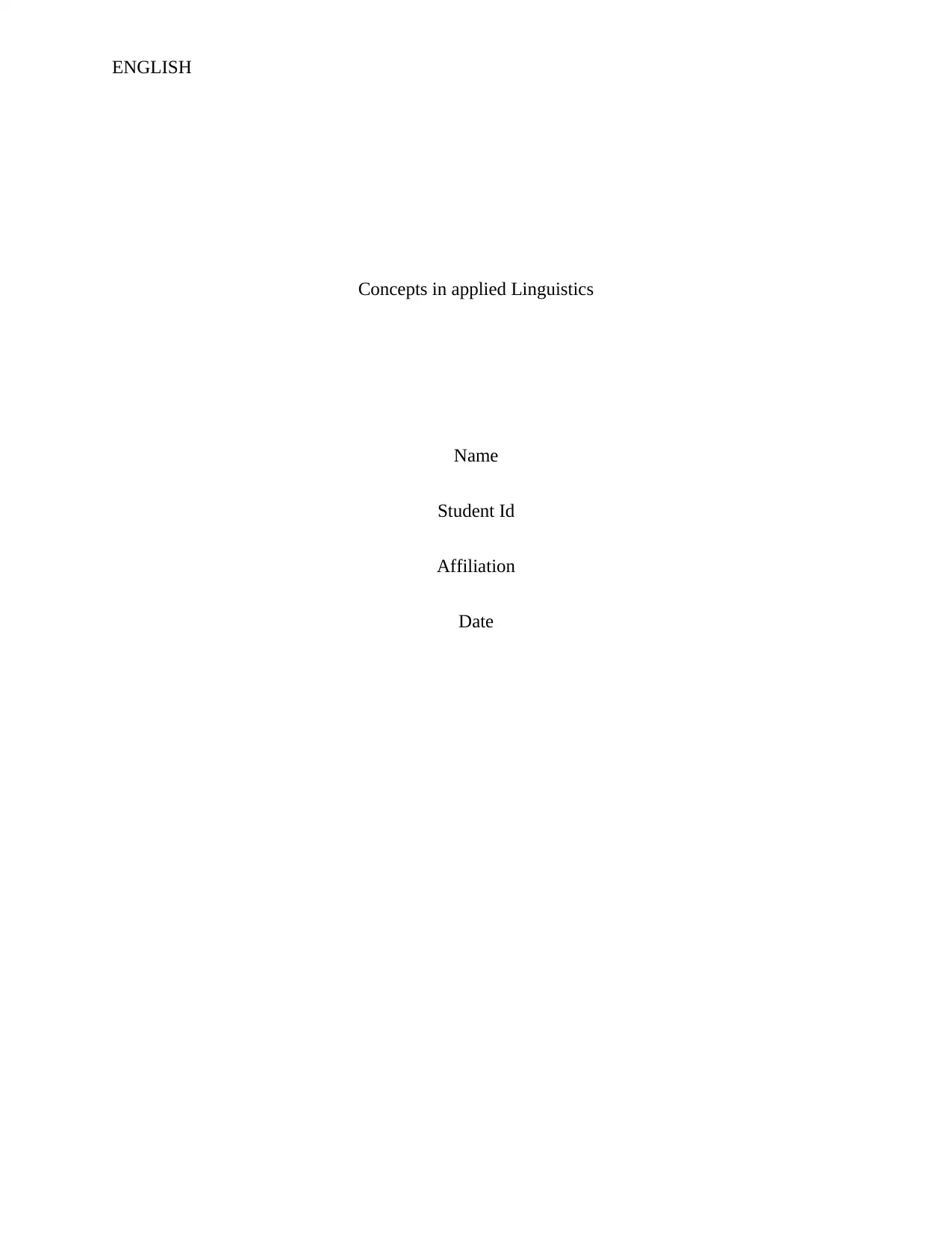
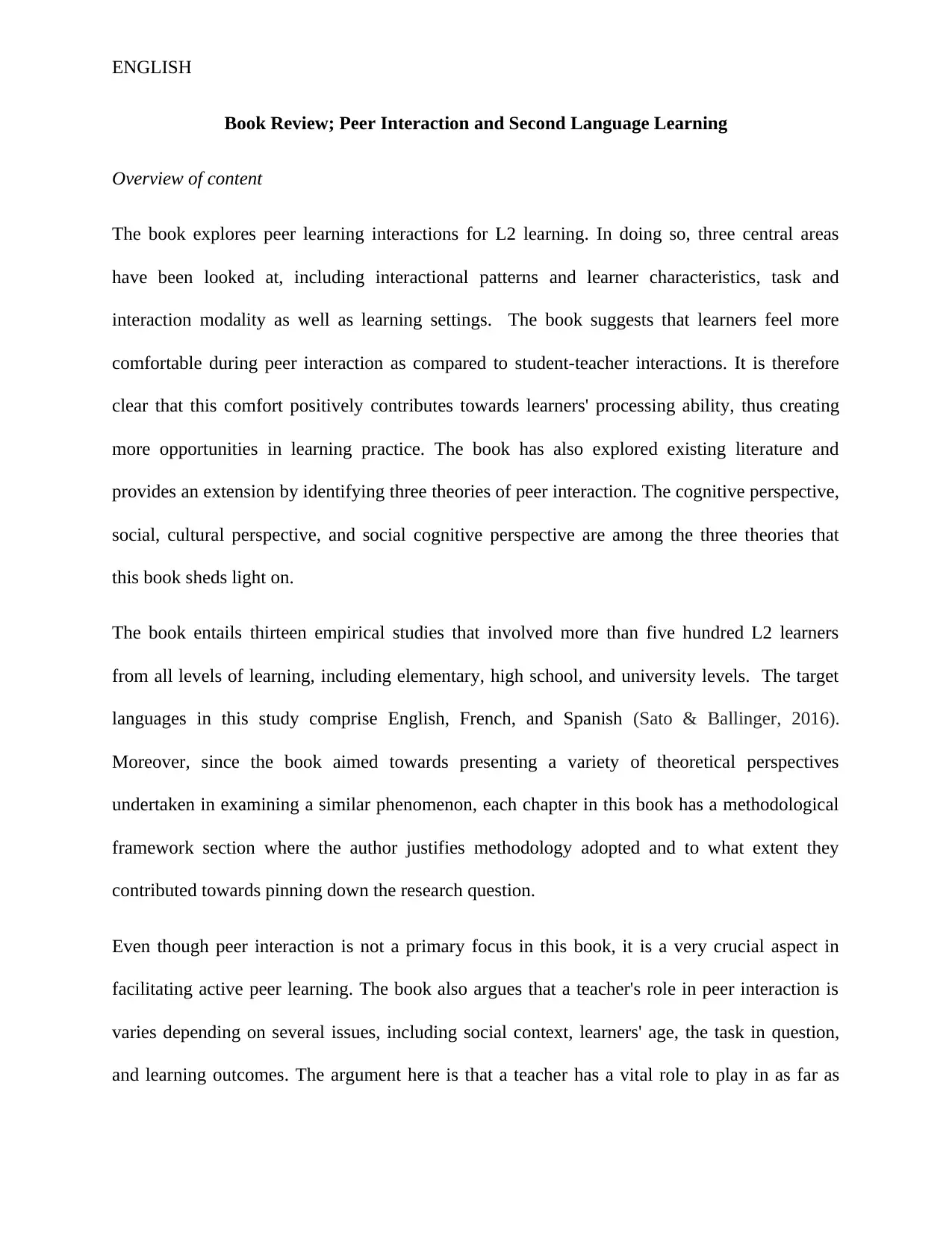
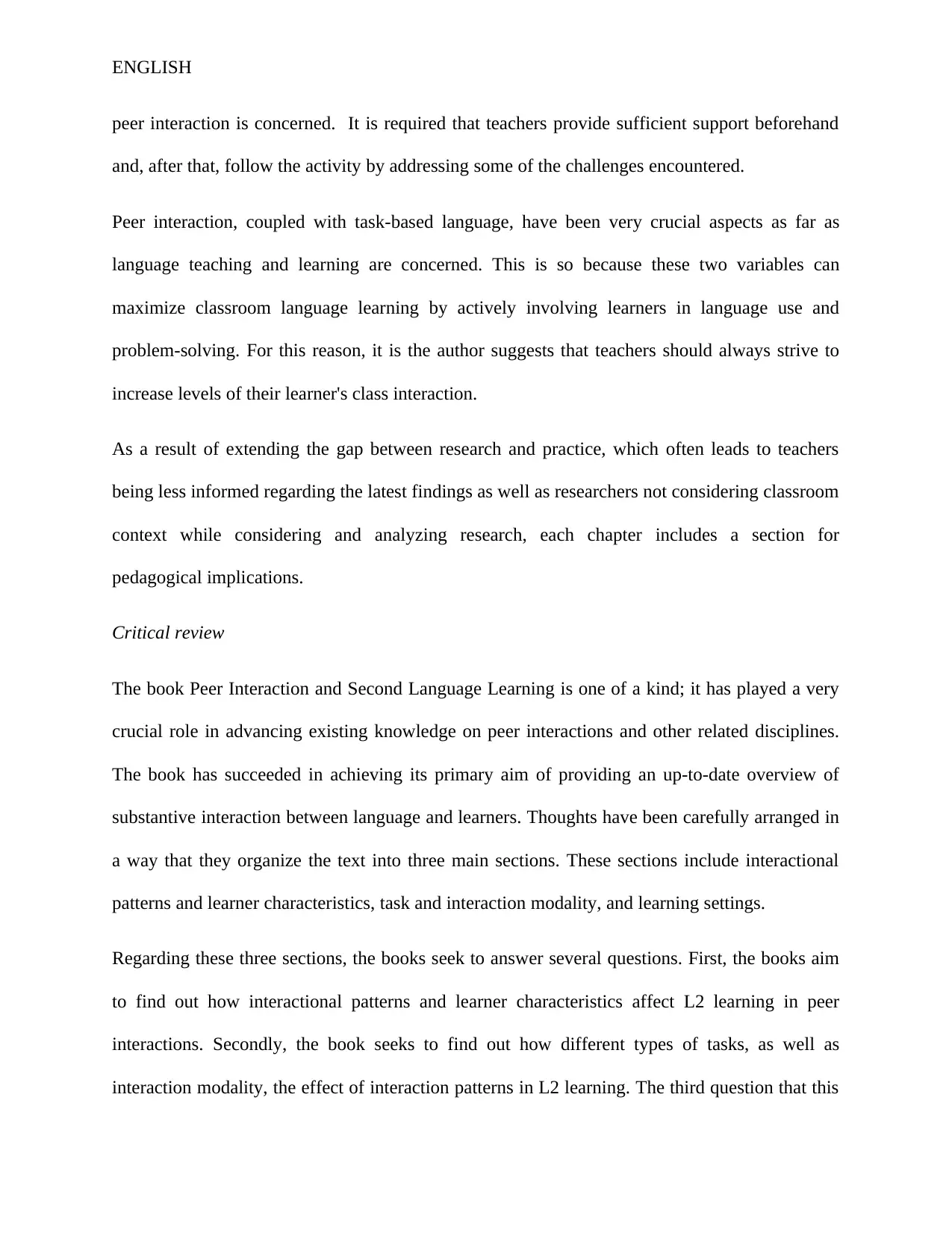

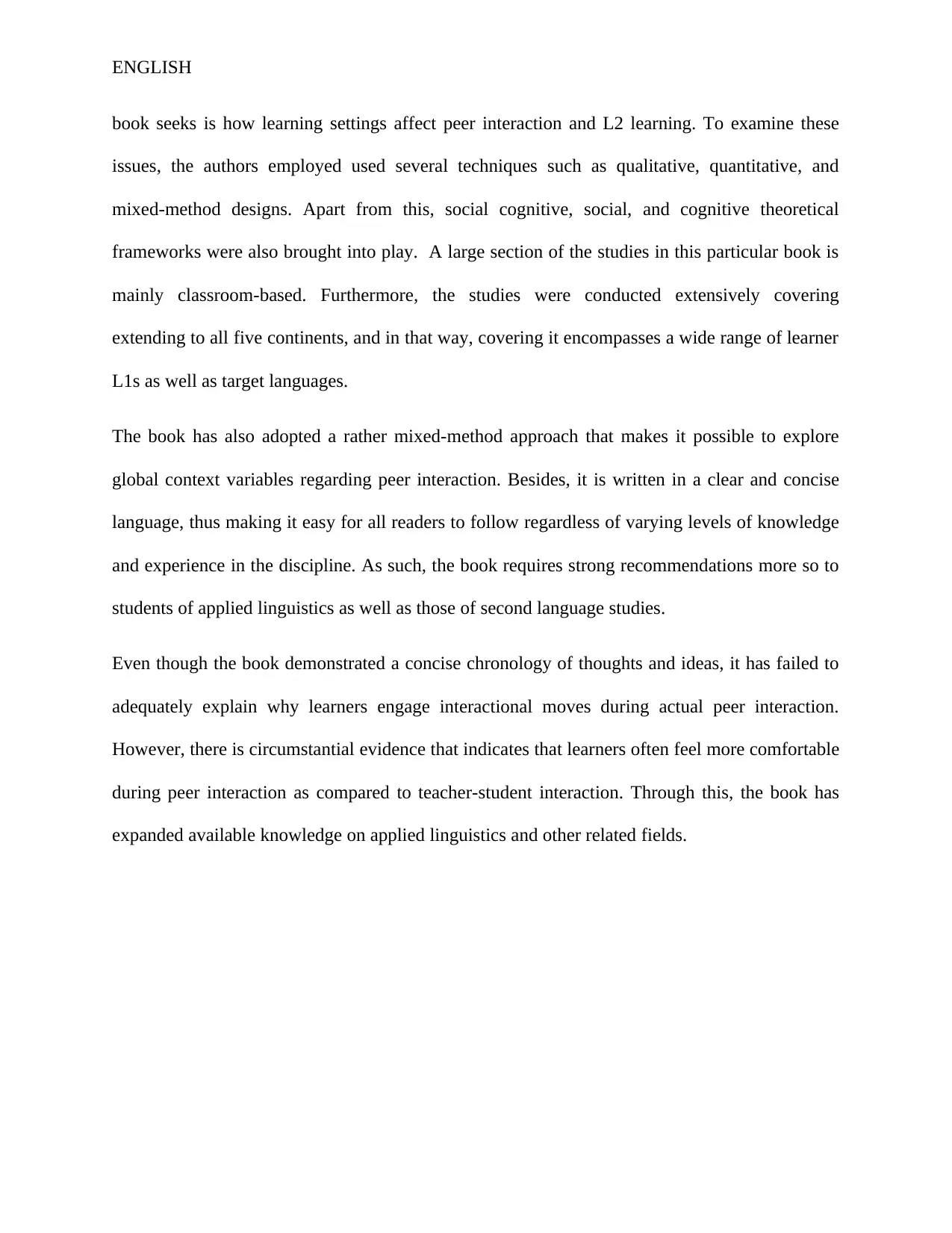
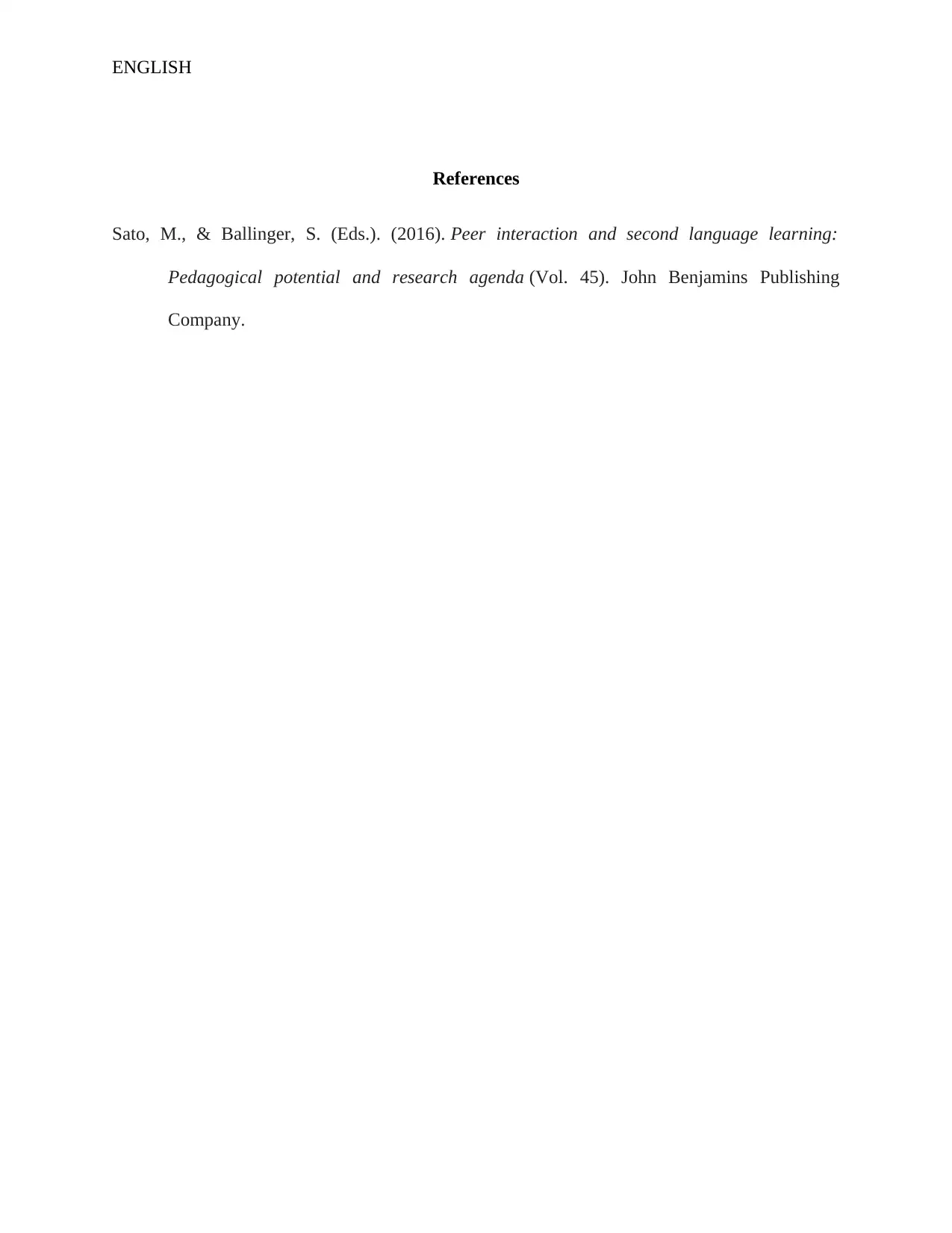






![[object Object]](/_next/static/media/star-bottom.7253800d.svg)